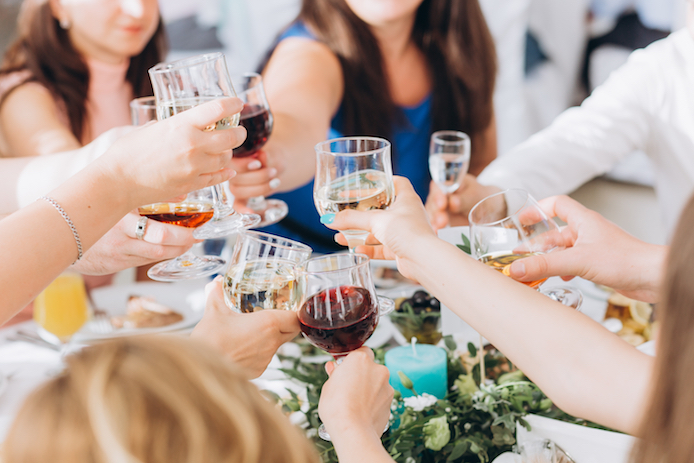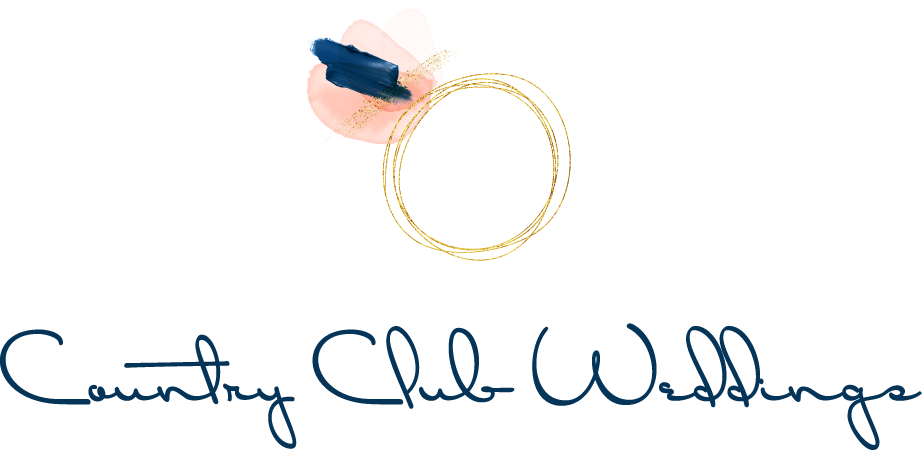Why Do We Toast at Events?
18 Jun, 2018
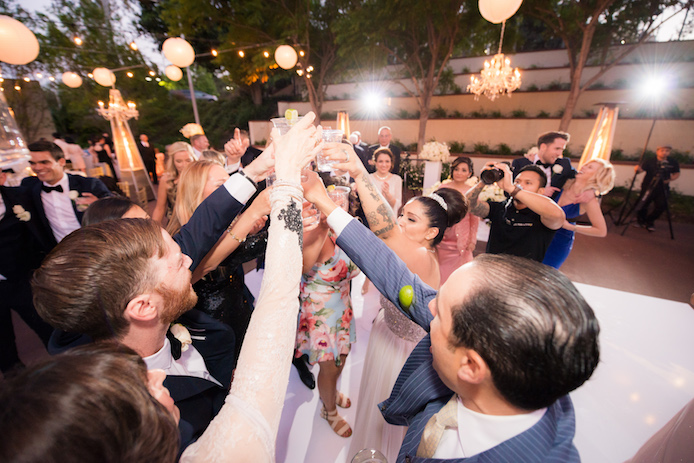
Couples often ask, "Should we have a champagne toast?"
It's a tradition linked to celebrations, and if you're going a non-traditional route, you might be wondering if this moment is one you want to incorporate into your wedding. You might be wondering if you have to toast with champagne - or if you even have to toast at all!
To help you decide, here is a little background information on this worldwide tradition:
The History
The art of celebration drinking dates back to the ancient Egyptians, Chinese, Mayans, Celts, Mongols, and Greeks. For the Greeks, it was a pillar of civilization.
Historians suggest that the Greeks were some of the original “toasters.” To honor the gods, it was customary to pour out a portion of your drink. Many others continued the tradition as a celebratory gesture to someone’s health or companionship. People would drink to blessings, for profound thought, and to profess love. Many religions also incorporated this tradition in their practices. Offering a homemade libation to a prominent figure was a sign of respect. Even the Hebrews, Persians, Saxons, and Huns had their own pledging of honor with a glass of libation.
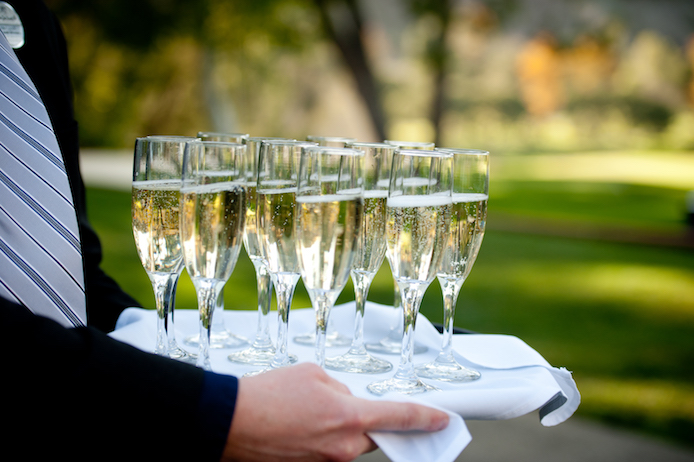
As various cultures fermented their own beverages, excess drinking became frequent and competitive. Being able to consume great quantities of alcohol was considered an impressive accomplishment. Some civilizations like the Germans and Puritans reacted by banning or restricting toasts due to their excessive nature.
Christians seem to be one of the first groups to implement the clinking of the glasses. Some believed that the chiming noise would drive off the devil. There are stories that say that by clinking the glasses together, you can avoid being poisoned because the drink will overflow into your toasting partners glass. Others say the noise of the glasses triggers the last of the five senses to enhance the overall drinking experience.
The name “toast” derives from the fact that drinks in the past were often garnished with a piece of spiced toast. The piece of toast could add flavor to the beverage or be served as a snack.
The formality of toasting may have evolved with the use of champagne because of champagne’s place as a status symbol. The wine of the Champagne region was originally intended to be flat, but due to the fermentation process, the wine bubbled. The British developed a taste for the accidental carbonation. Champagne quickly became a favorite in the Royal Courts of Europe in the 1700s, and has retained its association with luxury.
The champagne toast has become a commonality at celebratory events. Today, we toast with a “sip” of champagne, which is considered plenty.
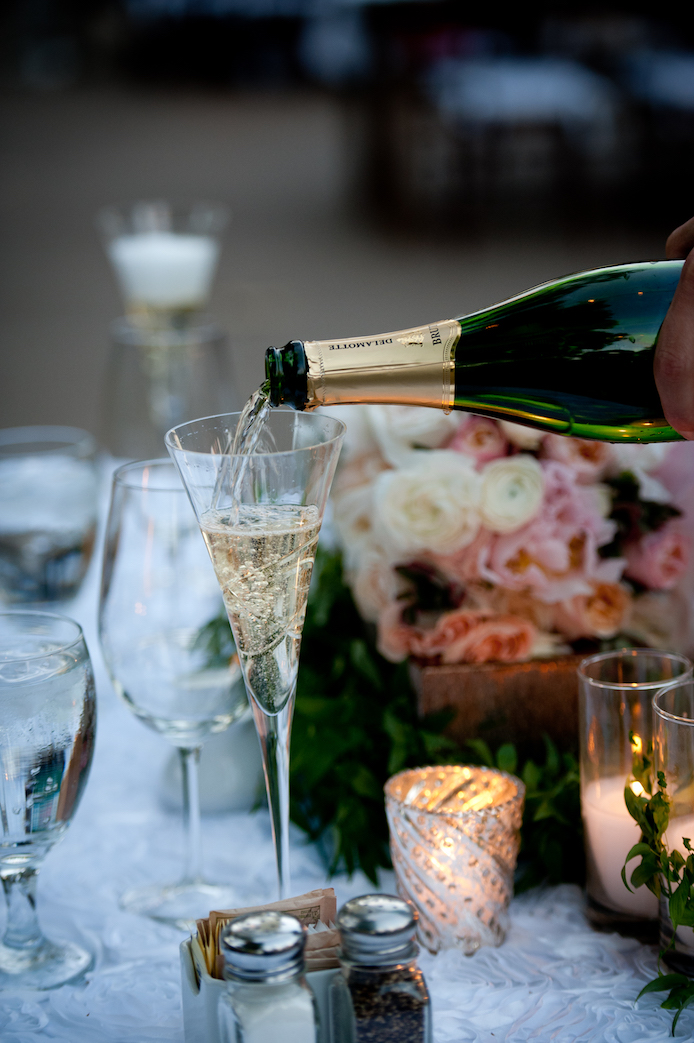
Toasting Today
Despite the rising trend of non-traditional weddings, toasting has remained a consistent feature during celebrations. Toasts allow for a collaborative moment during an event. Everyone can pause for a moment and recognize what they are celebrating.
In addition, toasting is not limited to champagne. If an event does not serve champagne, people will raise their glasses no matter the beverage. If you’re a beer person, get personalized mugs! If you’re serving a specialty cocktail, toast with those! The drink is not the important part; the lifting of the glass is the unifying action that makes toasting a staple for celebrations.
Toasting time is used to make speeches and to honor those that have gathered. Toasting can be anything from a welcome greeting, a gesture of respect, a fond memory, or a moment of silence. These moments are often recorded so that the words shared over raised glasses can be cherished for a lifetime.
